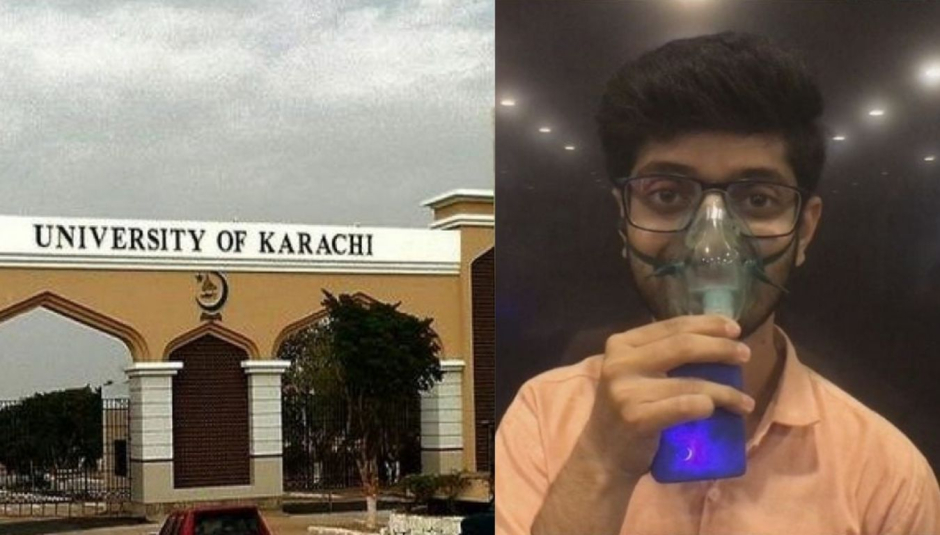Karachi University Students Invent the World’s Smallest Nebulizer

KARACHI: A group of pharmacy students from the University of Karachi has developed what they claim to be the world’s smallest rechargeable nebulizer. Their innovative creation aims to make eco-friendly, affordable, and accessible therapy for respiratory ailments widely available.
A Revolutionary design
The innovative nebulizer is less than an inch thick and is made to be very portable, so it can be used anywhere, from the office to a vacation spot. Even though it’s small, the device can be used continuously for up to 35 minutes on a single charge and can go two days without having to be charged again. This makes it a useful option for people who need regular respiratory therapy but have trouble with large, bulky tools.
Sustainable and Economical
The novel nebulizer is both compact and effective, and it doesn’t harm the environment in the process. It offers an affordable alternative to existing nebulizers and tackles environmental problems using bioplastics. Unlike most regular nebulizers, which are big, noisy, and expensive (ranging from Rs 8,000 to Rs 10,000), this device costs less than Rs 2,000, making it more affordable to a broader variety of patients in need.
Transparent and Convenient
The device is designed to be both discreet and easy to use; it is wireless and operates without making any noise. It is compatible with modern charging standards because it has both micro-USB and USB-C connectors. This allows you to use the nebulizer in public places with complete discretion and ease.
Striking for Widespread Effect
Students Taha Ishaq, Syed Waliuddin, Syeda Arshiya, Zohaib Salman, Maham Zaidi, Priyan Khan, and Tuba Saleem have been working under the leadership of Abdul Rahman Siddiqui to increase access to healthcare in Pakistan. Their objective is to come up with real-world answers to healthcare problems, like the fact that respiratory therapy devices are expensive and hard to use.
Patients of all ages can benefit from this inexpensive and environmentally friendly nebulizer, but those with compromised respiratory systems, such as youngsters and the elderly, require therapy more frequently. The group’s goal is to make a difference through their creation, which will aid individuals in need of respiratory treatment in a way that is practical, cost-effective, and environmentally diligent.
Related Posts
Top 47 Pakistani Universities Listed in 2025 World Rankings
LAHORE: Times Higher Education (THE) has included 47 universities from Pakistan in its prestigious 2025 World University Rankings. In the rankings, Quaid-i-Azam University Islamabad…
Punjab Textbook Features CM Maryam, Kulsoom Nawaz, and Other Prominent Women
Since Saturday, X users have been sharing posts about Maryam Nawaz, the Chief Minister of Punjab, and her mother, Kulsoom Nawaz, speculating on their…














